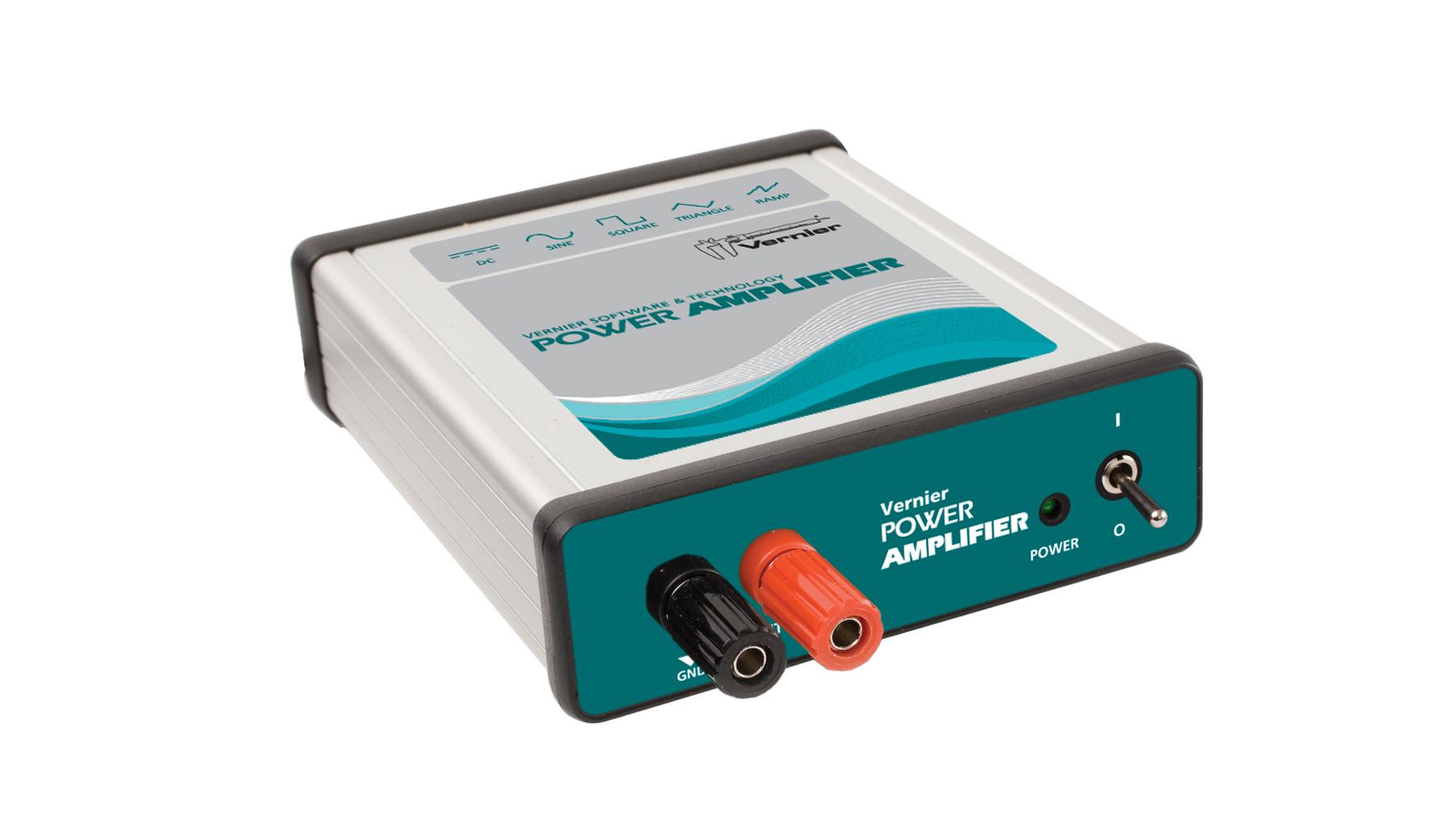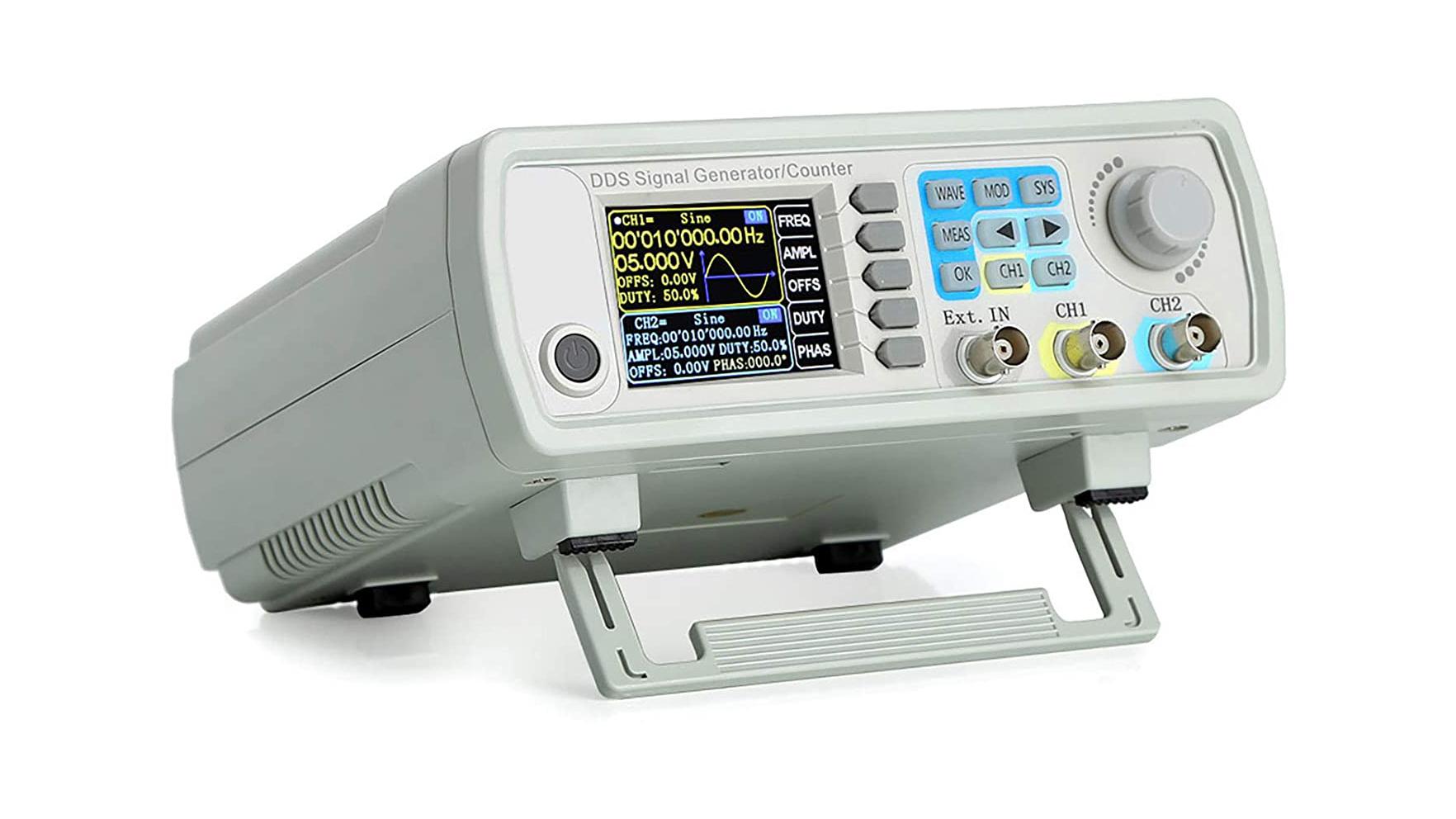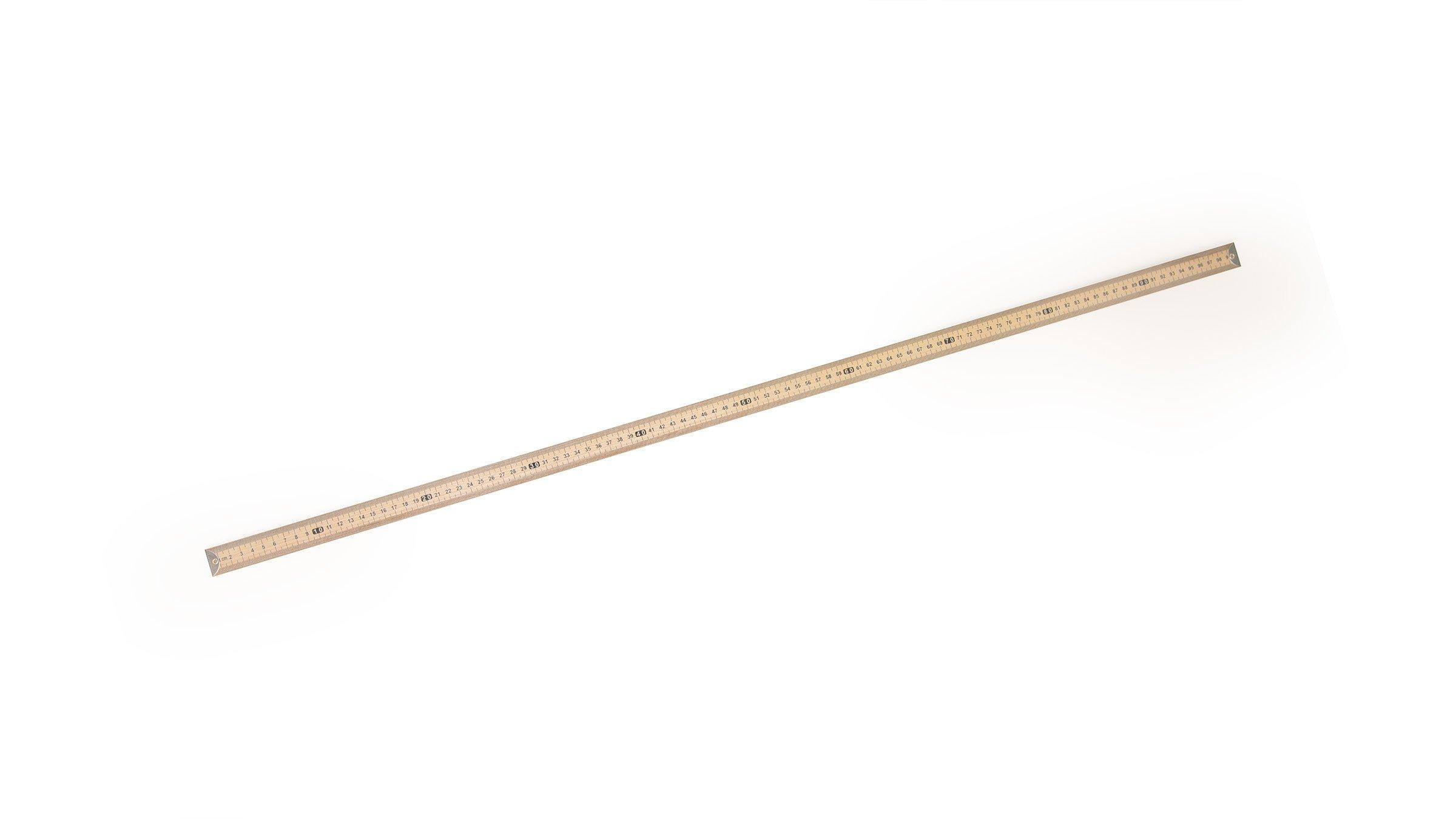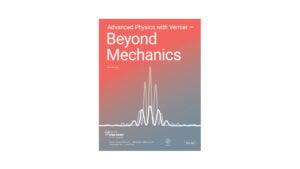Standing Waves on a String
Experiment #3 from Advanced Physics with Vernier — Beyond Mechanics
- Subject
- Physics
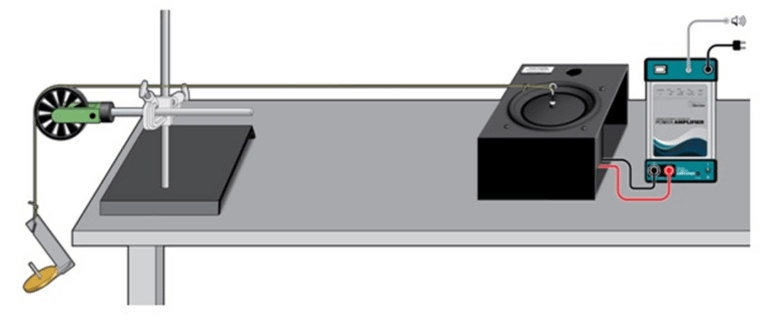
Introduction
When you shake a string, a pulse travels down its length. When it reaches the end, the pulse can be reflected. A series of regularly occurring pulses will generate traveling waves that, after reflection from the other end, will interfere with the oncoming waves. When the conditions are right, the superposition of these waves traveling in opposite directions can give rise to something known as a “standing wave.” That is, there appear to be stationary waves on the string with some parts of the string hardly moving at all and other regions where the string experiences a large displacement. In this lab you will investigate the various factors that give rise to this phenomenon.
Objectives
In this experiment, you will
- Adjust the frequency of the driver so that the string vibrates in the fundamental mode.
- Set up other standing wave patterns on the string.
- Relate the frequency of the various harmonics to that of the fundamental mode of vibration.
- Describe the terms amplitude, frequency, wavelength, node, and antinode as they relate to vibrating strings.
- Determine the velocity of waves in the string.
- Relate wave velocity to the tension of the string and its linear density.
Sensors and Equipment
This experiment features the following sensors and equipment. Additional equipment may be required.
Correlations
Teaching to an educational standard? This experiment supports the standards below.
- International Baccalaureate (IB) 2025/Physics
- The students should understand the nature and formation of standing waves in terms of superposition of two identical waves travelling in opposite directions
- The students should understand nodes and antinodes, relative amplitude and phase difference of points along a standing wave
- The students should understand standing waves patterns in strings and pipes
- The students should understand the nature of resonance including natural frequency and amplitude of oscillation based on driving frequency
Ready to Experiment?
Ask an Expert
Get answers to your questions about how to teach this experiment with our support team.
- Call toll-free: 888-837-6437
- Chat with Us
- Email support@vernier.com
Purchase the Lab Book
This experiment is #3 of Advanced Physics with Vernier — Beyond Mechanics. The experiment in the book includes student instructions as well as instructor information for set up, helpful hints, and sample graphs and data.

